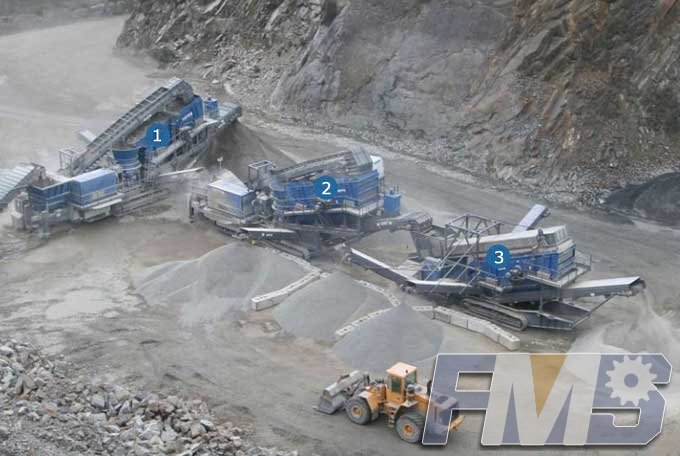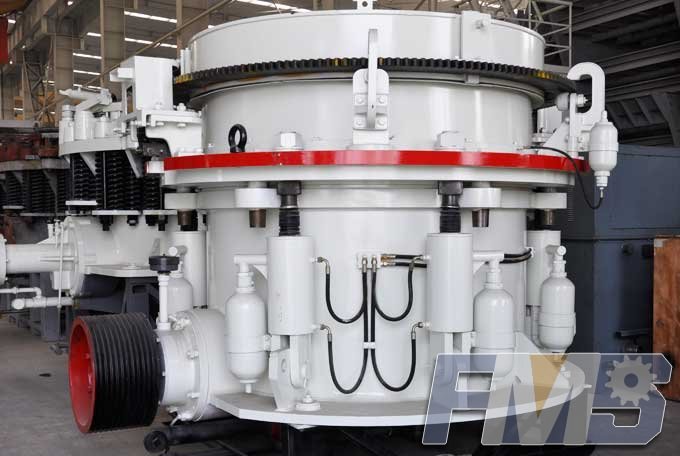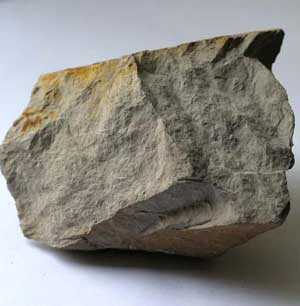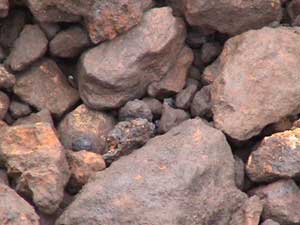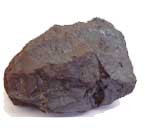Roll Surface Wear of HPGR Crusher
Increasing roll speed increases turbulence in the feed material and slip of feed against the roll surfaces, leading to elevated wear rates. This should generally be a concern only at the top end of the practical speed range. In this respect, Polysius traditionally uses a rule of thumb to the effect that the peripheral speed of the rolls (in meters per second) should not exceed roll diameter (in meters), although Köppern does not support this view and regularly nominates speed–diameter ratios of up to 1.3. KHD also uses these higher ratios for their smaller-diameter machines but generally uses <1.0 for larger units and on coarse crushing applications. More recently, Polysius has proposed that it is the angular velocity rather than peripheral speed that should be used as the roll speed selec- tion criterion, and that maximum speed should be in the range of 18 to 20 rpm for fine- grinding applications and 20 to 22 rpm for typical hard-rock coarse crushing duties.
High moisture levels lead to significant increases in wear. It is believed that this could be due to a combined erosion/corrosion effect analogous to that observed in Nord- berg WaterFlush cone crushers.
In recent studies involving tough, abrasive ores, it was found that wear rates were significantly higher with truncated feeds than with full fines or untruncated feeds, to the extent that wear life considerations heavily outweighed the energy efficiency advantages that had previously been established for these ores using truncated feeds. This illustrates the importance of conducting comprehensive tests to ensure that decisions made on flowsheet selection are well informed.
Roll surface wear rates for studded rolls can vary as the operating life of the wear surface progresses. In one application, the wear rate was observed to increase with time from 0.006 m/t after 200 operating hours to 0.015 m/t after 1,000 hours, after which a plateau was established in the wear-rate curve.
It is believed that this effect is due to an initial imbalance in the wear rates of the studs and the substrate. In the case in point, it would appear that the stud protrusion above the new roll surface was too small for this particular duty, so that the substrate ini- tially wore more rapidly than the studs. Presumably, had the stud protrusion instead been too great, then stud wear would have been more rapid initially and declined there- after. This, however, was not demonstrated.
In either case, overall wear rate stabilises when the two components of wear—stud and substrate—are in equilibrium. The important point is that roll surface wear life should not be computed from initial wear rates. The wear-rate curve must be plotted and the equilibrium plateau established before wear-life predictions are made.
The “bathtub” effect is a well-documented phenomenon whereby the central zone of the rolls wears at a greater rate than the edges, forming a concave wear pattern. For smooth rolls, this can lead to a requirement for regular grinding of the edges to maintain parallel roll surfaces and avoid touching of the rolls at the edges with the correct nominal gap in the central zone. For studded rolls, harder studs can be used in the central zone to give a more uniform wear pattern across the roll surface. However, harder studs are also more brittle, and stud breakage, as distinct from stud wear, can become a problem. The optimum combination of stud hardness levels for the central and edge studs in a given application must be established by trial and error. Normally, studs of lower hardness are selected for the initial setup to minimise the incidence of stud breakage, which is more difficult to accommodate than stud wear. After evaluating initial performance, adjust- ments to stud hardness may be made. Several iterations might be needed to achieve the optimum configuration. Ekati and Argyle have both achieved significantly improved results using this approach.
The differential wear-rate effect is also well documented—it appears that the floating roll typically wears at a slightly higher rate than the fixed roll, though the reasons for this have not been fully investigated. It is believed that the effect is caused by the additional applied kinetic forces imparted to the floating roll. However, recent experience at a pilot operation has shown the reverse trend. In any event, the effect is small and of little prac- tical significance.
In a recently commissioned installation, a more irregular wear pattern was observed on the fixed roll relative to the floating roll, although the overall wear rate for the floating roll was higher. The reasons for this comparatively irregular wear pattern are not clear, but it is suspected that it is due to the effect of the presence of a feed-regulating gate, which presents the feed stream preferentially towards the fixed roll. This may result in an increased level of turbulence in the vicinity of the feed gate tip. The need for the gate at this operation is not proven (as the variable-speed drives provide adequate turndown), and it is to be removed as a trial, during which any change in wear patterns will be recorded.
Get Detail Information:
(If you do not want to contact to our online customer service, please fill out the following form, Our client manager will contact you later. We will strictly protect your privacy.)


